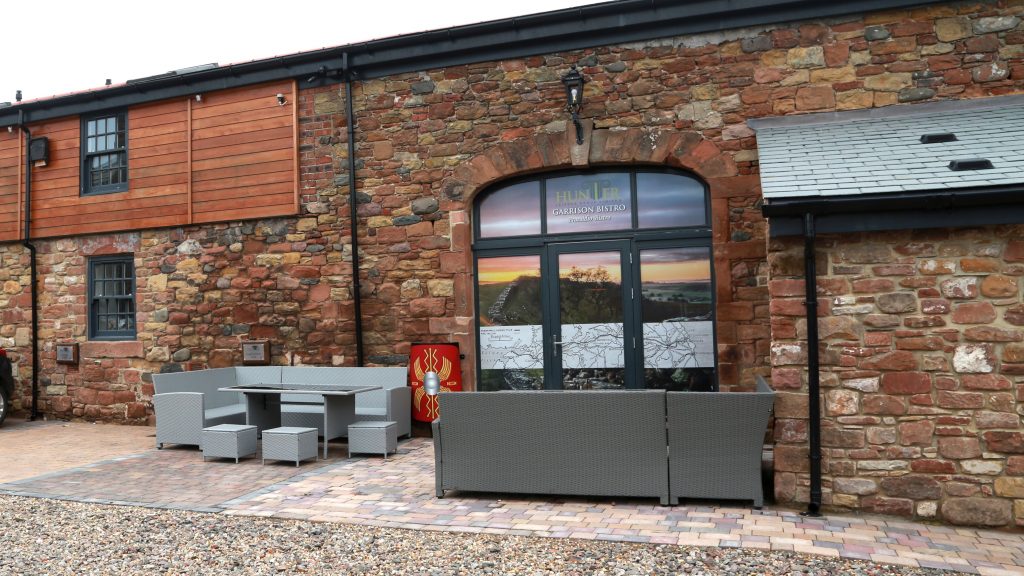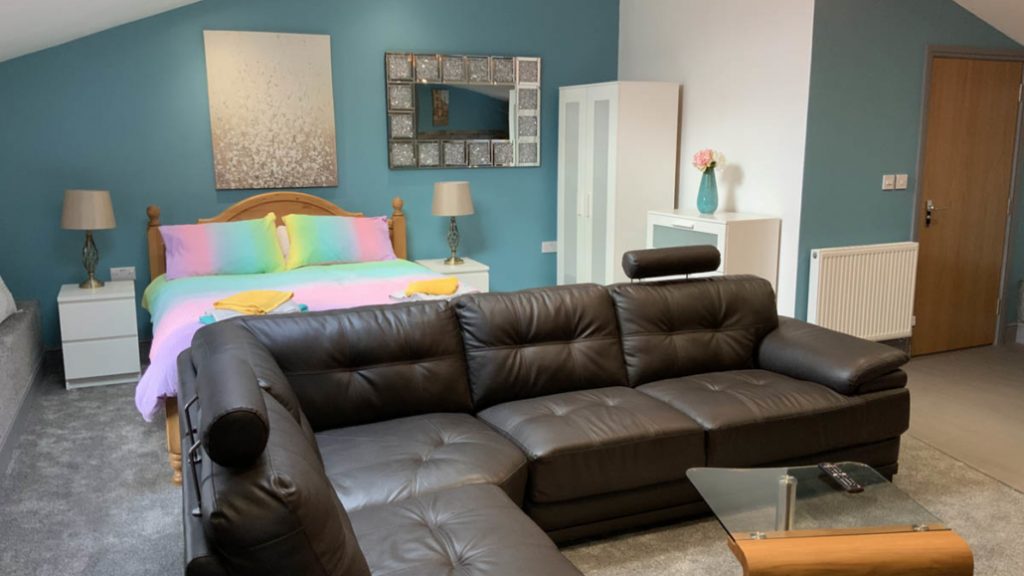Bowness On Solway is the ideal holiday destination for everyone, with a rich and unique history. The town has been around since medieval times but still feels like a small village today. There are plenty of things to do while visiting Bowness On Solway, including cycling around the countryside or walking through the beautiful parks and reserves. It’s also home to some of the best beaches in England! This Small Northern village really is Cumbria’s hidden Gem with spectacular views over Solway Firth - the body of water between England and Scotland.
Bowness on Solway, a small village with Big History
Bowness On Solway is a historic location. It’s a place where you can visit the past and learn about the history of this region. The architecture, landscape and culture will inspire you to travel back in time. The town has preserved its heritage, which makes it an ideal place for all those who love history.
It is thought that the area, now known as Bowness-on-Solway, was first settled during the neolithic age around 4500 - 2500 BC.
The Romans and Bowness on Solway
However, it was the Romans that put Bowness-on-Solway on the Map. Arriving around 71 AD, they started to shape the land and began the construction of Fort’ Maia’ at Bowness in 128 AD, which became the most north-westerly outpost of their empire. The structure of the 73 Mile long Hadrians Wall began construction in 122 Ad. Now the Hadrians Wall Path is 84 miles (135 km) long National Trail that opened in 2003. It runs from Bowness-on-Solway on the west coast to Wallsend on the east coast of England. It generally follows the route of the Hadrians Wall over the majority of its length.
It’s thought the military base at Bowness on Solway was continuously occupied for more than 250 years, eventually being abandoned around 383 AD. By 410 AD, the Romans had withdrawn from Britain altogether.
The Vikings pay a visit.
It is thought the Vikings settled in the Bowness on Solway area around 900 AD, some 100 years after their initial invasion of England. The ancient custom of ‘haaf net’ fishing is thought to be a practice passed on by the Norse settlers to the Solway area. Another legacy of the local Viking settlement is the village’s name. The name” Bowness” is thought to be derived from the Old Norse words’ bogi’ and ‘nes’, translating as a rounded or bow-shaped headland.
The creation of Bowness on Solway
Following the Norman invasion and drafting of the Domesday Book in 1086, the parish of Bowness-on-Solway was formally drawn up. Shortly after, in the 12th century, St Michael’s church was constructed, mainly from the stone taken from Hadrian’s Wall.
Kind Edward I died a few miles from Bowness on Solway in the nearby village of Burgh by Sands in 1307 AD. He died in pursuit of the King of Scotland, ‘Robert the Bruce’.
Bowness on Solway and the Border Reivers
Following the death of the King, north Cumbria saw the rise of the Border Reivers. It was from the early 16th century to the mid-17th century that the Border Reivers were particularly active in the Bowness area. In one attack in 1626, the raiders stole the bells from St. Michael’s church at Bowness On Solway. However, they were lost in the Solway in the attempt to take them back to the Reivers border enclave. Not to be outdone, the Bowness villagers reacted by raising a raiding party of their own. They proceeded to steal the church bells from the small Scottish border villages of Dornock and Middlebie. The bells have been retained by Bowness ever since. However, every new vicar who is appointed to the church over the border at Annan is obliged to request the return of the Dornock and Middlebie church bells. However, the request is always very politely refused.
The Solway Viaduct
By the early 1860s, more than 100,000 tons of iron ore were being shipped annually from West Cumberland to Scotland. In 1869, a private railway line, the Solway Junction Railway, was opened between Bowness and the Scottish border town of Annan. It connected the Maryport and Carlisle railway to the Scots rail system, avoiding the need to pass through Carlisle. The construction of the 1 mile 176 yards (1.75 km) long iron girder viaduct across the Solway estuary meant that nearby Port Carlisle could no longer receive shipping. Though, construction of a larger and deeper dock at nearby Silloth had already initiated the once busy Port Carlisle’s demise.
The viaduct underwent costly repairs in 1875 and again in 1881 due to extensive frost damage. However, high maintenance costs meant the line was never to realise its investors’ expectations. As a result, it withdrew its passenger operation in 1914 and that for freight in 1921. The structure was demolished in 1934, though some evidence of the viaduct’s abutment construction remains in place today.
Bowness on Solway, an Epicenter for Wildlife
Bowness on Solway makes up part of the Solway Coast’s designated Area of Outstanding Natural Beauty (AONB). The natural beauty, diverse terrain, and ecology make it a wildlife paradise.
Campfield Marsh RSPB Reserve and the Solway Wetlands Centre are just a short walk from the village. The local sand dunes, salt marsh, shingle beds, and peat mosses make the area a haven for a variety of fauna, including adders. Oystercatchers, curlew, plover, lapwing, knot, dunlin, godwit and redshank are just some of the wild birds that can be observed.
In summer, over 20 species of butterfly can be seen, including the ringlet, small copper, large skipper, and peacock. Also, look out for Britain’s most giant dragonfly, the emperor, alongside four-spotted chasers, common hawkers, southern hawkers and darters.
Walkers’ and Cyclists’ paradise
Bowness on Solway lies on the cycle route 72 that takes you along from South Shields in the North-East across to Hexham, then Carlisle taking you to the Solway coast through Bowness On Solway then on onto Silloth. The route then takes you down the west coast to Maryport, Whitehaven and finally stops at Ravenglass.
Bowness On Solway and the surrounding villages are perfect for a stopping-off point to relax and soak in some of the local cultures and walk or cycle through the peaceful north Cumbrian countryside.
Use Hunter Leisure Group for your Stay in Bowness on Solway
We offer more than just a place to rest your head for the night. Our Holiday complex is separated into four types of accommodation which are;
- The Bowness House Farm Bed and Breakfast
- Self Catering Apartments
- Shepherd Huts, Ideal for the Glamping experience
- Pitches for Camping
We offer A pick-up and drop-off service for those who require transport to and from the site from local areas. Just Call us to discuss in advance.







Our site is also home to our Garrison Bistro, which serves the highest quality food, and we have the Hunter Leisure Gym available to all our guests.
To make an enquiry please complete the form below, or you can Call us or simply Send us an email
